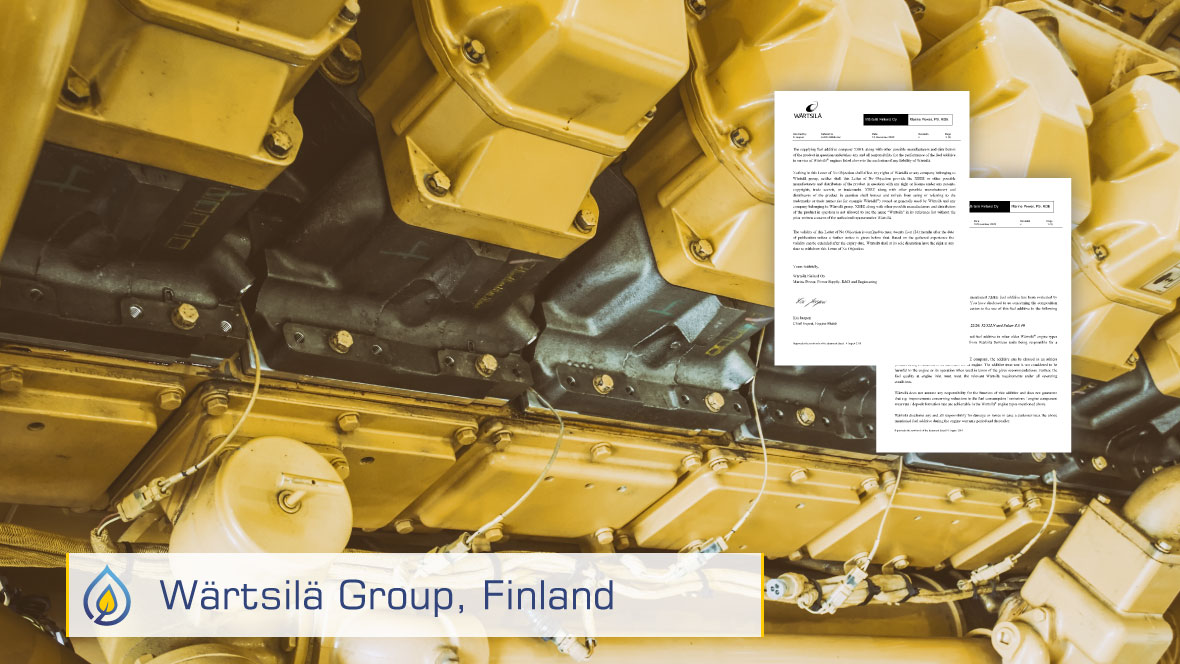CO2 REDUCTION
XBEE Enzyme Fuel Technology reduces greenhouse gas and toxic air contaminants from fossil fuels and biofuels, using naturally occurring enzymes in parts per billion (ppb). While it is virtually identical chemically to hydrocarbon fuels, it is not used as a fuel, but as an enhancing agent, and therefore should not be confused or compared with a biofuel. The manufacturing and transportation of our fuel technology does not leave a large carbon or environmental footprint, as is required in the cultivation and harvesting of seed crops for biofuels.
There is no algae component in XBEE, and there are no GMO’s (Genetically Mutated Organisms) used in XBEE. The enzymes are extracted from naturally occurring tree leaves. There is no crop grown specifically for harvesting these enzymes. The tree leaves used to obtain these enzymes are not obtained from orchards specifically grown for our enzyme applications. Markets exist for their fruits and leaves. These trees can be highly varied, as virtually all trees have at least some of the over two dozens enzymes found in XBEE. They are chosen for their ease of crushing and extraction, but the trees themselves are not cut.
Enzymes are biocatalysts that function in “parts per billion”. XBEE lowers emissions, in some engines and fuels, as high as 90%, using a mix ratio of only 0.25 ml of XBEE Enzyme Fuel Technology to one litre of fuel. Of that 0.25 ml, more than 99% of the cleaning agent is petroleum distillate, and the rest is the proprietary blend of plant enzymes. That is about 0.00125 ml of enzyme solution in a litre of fuel. Reducing the total enzyme “footprint” even further, it is primarily a water solution. The extraction process does require energy, specifically electricity to run the various crushers, kettles, tumblers, pumps and separation devices. The extraction technology and production techniques are proprietary, although comparing the process to the harvesting and processing of tea leaves would give you a reasonable idea.
Due to the varied electricity production sources, no long-term energy requirement has been established. The energy and time required to manufacture a 200-litre batch of enzyme is substantially the same as needed for a 2,000-litre batch. Electrical (carbon) costs per billion liters of treated fuel or tons of reduced emissions are immeasurably small.
XBEE has virtually no carbon or environmental footprint to manufacture, relative to the reductions in CO2 and toxic air contaminants it effects in both petroleum and biofuels. Additionally, the amount of raw plant materials needed to treat a billion litres of fuel a year would not impact the existing harvesting infrastructure or market of these plants.
Should XBEE be adopted on such a scale as to include the entire EU, it would still not require significant consumption of crops, and would not likely require expansion of these sources. While scaling up production would require significant expansion of the production facilities, the carbon footprint per litre of enzyme would drop even further.





